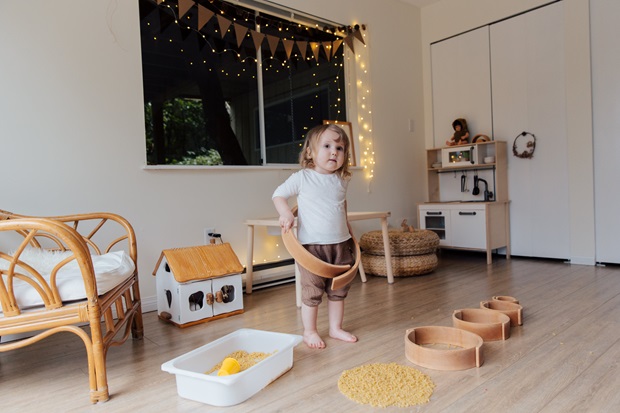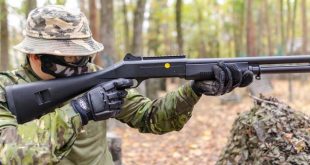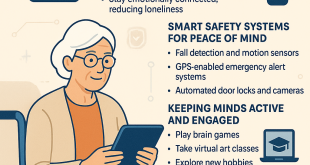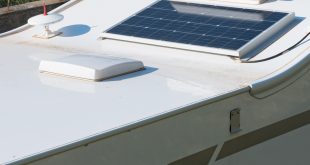
Since fine motor skills allow for exact hand and finger movements, they are essential to a child’s growth. These abilities are essential for daily tasks including writing, buttoning clothing, and using cutlery. Giving your child the appropriate toys and activities during their first five years of life is essential to supporting their development. This thorough guide will go over a wide range of enjoyable and very helpful fine motor toys and activities for your child’s development.
Puzzles: The Brain-Boosting Challenge
Puzzles are a great way to develop both your child’s fine motor and cognitive skills at the same time. Puzzles with shapes, such as jigsaws, peg puzzles, and others, require different hand and finger skills. Your child’s hand strength and spatial awareness will improve as they work with knobs and fitting pieces together. They will eventually get better at completing puzzles, which will increase their patience and problem-solving skills. Puzzles are available in different levels of difficulty, so as your child becomes older, they may keep honing their fine motor abilities.
Play-Dough and Clay: The Squishy Creativity Booster
Playdough and clay are excellent resources for fostering creativity and improving fine motor skills. Your child can roll, pinch, and form with their hands thanks to these pliable materials, which help with fine motor skills and hand-eye coordination. The precise motions required for sculpting aid in enhancing finger dexterity and strength. Working with clay and playdough also offers a sensory experience that promotes sensory development, which makes it a great option for young students. To further their sculpting adventures and encourage the development of their fine motor skills and imagination, you can introduce a variety of tools and molds.
Building Blocks: The Foundation of Fine Motor Skills
Building blocks are a timeless favorite of kids of all ages who have withstood the test of time. These toys assist kids in developing their fine motor abilities through activities like building elaborate structures and stacking towers. Specifically, wooden blocks provide a tactile experience and need for deft hand-eye coordination. Your child can explore various colors, sizes, and forms as they become older, which fosters creativity and problem-solving abilities. Wooden blocks are a common component of Montessori toys for babies, which makes them a great option for early development. Because of their adaptability, building blocks will always be interesting and difficult, even as your child’s abilities advance.
Lacing Toys: Stringing Success
Playing with lacing toys is a great method to develop fine motor skills and a sense of achievement. Typically, these toys are made of colored laces or strings and cards or boards with holes in them. The task of threading the lace through the holes will help your youngster develop finger control and hand-eye coordination. Lacing toys are entertaining and instructive since they are available in a variety of themes, including animals, cars, and shapes. They are particularly useful in getting young kids ready for future chores like tying shoelaces. The act of lacing is repeated, which helps young children develop concentration and patience.
Art Supplies: The Creative Outlet
Crayons, markers, and colored pencils are examples of art products that can be excellent instruments for developing fine motor skills. Your youngster is honing their control and precision as they sketch, color, and doodle. To improve hand strength and finger agility, encourage them to try out various strokes and shapes. Furthermore, tasks like molding clay or using safety scissors to cut paper improve fine motor abilities while encouraging creativity and self-expression. The artistic quality of art materials gives your child the freedom to express themselves and grow in self-awareness via their works, which simultaneously improves their fine motor skills and confidence.
A child’s total development depends on their ability to use fine motor skills, and choosing the correct toys and activities can have a big impact on how well they develop. Building blocks, puzzles, playdough, lacing toys, and art supplies are all excellent ways to help your child develop their fine motor skills while they play for hours on end. Hence, spend money on these resources, promote experimentation, and watch as your child’s fine motor abilities develop—laying the groundwork for future success. To guarantee that your child’s fine motor skill development continues throughout their early years, modify these exercises to suit their changing abilities as they get older.
 World inside pictures Collect and share the best ideas that make our life easier
World inside pictures Collect and share the best ideas that make our life easier








